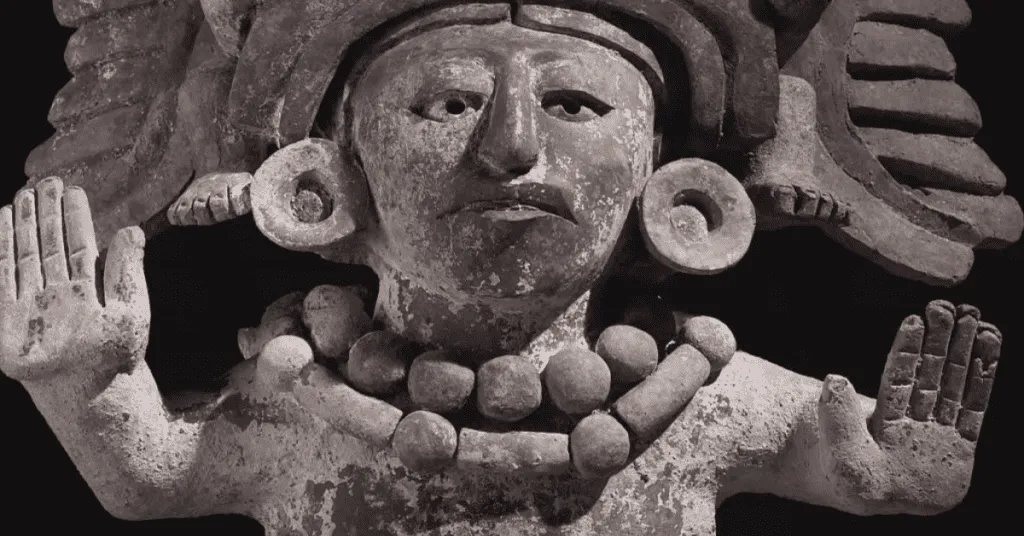Join us on an adventurous journey into the mysterious mythology of the Zapotec Gods in Oaxaca. Travel through time to explore these ancient deities, shedding light on their profound influence on Zapotec culture and daily life. From sacred symbols intricately woven into mesmerizing mythological tales passed down through generations, embark on this journey to gain a deep understanding of this dynamic pantheon. Let’s traverse through the ages together, immersing ourselves in the essence of the ancient Zapotec civilization that flourished at the heart of Oaxaca.
Explore the Origins of Zapotec Mythology
The Origin of the Zapotecs
Renowned as “The People of the Clouds,” the ancient Zapotecs forged their civilization in what is now the Mexican state of Oaxaca. As one of the earliest societies in Mesoamerica, they flourished in numerous cities, with Monte Albán serving as a magnificent symbol of their cultural apex. Their lifestyle was intricately intertwined with nature’s forces, a motif intricately threaded throughout their myths. According to their profound convictions, the gods infused every facet of life, from the grandeur of the mountains to the nourishing rains that nurtured their crops.
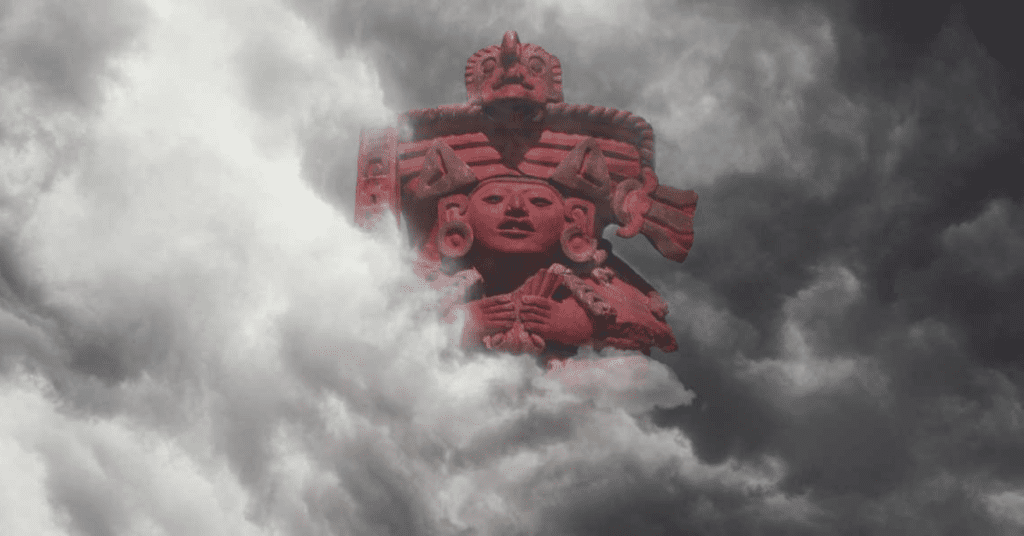
The Significant Role of Religion in Zapotec Culture
Religion plays a central and indispensable role in Zapotec society, tightly woven into every aspect of daily life, including the calendar, agriculture, and natural events. Zapotec priests, revered for their spiritual authority, act as intermediaries between the mortal realm and the divine, exerting significant influence across social, political, and economic domains. Rituals are meticulously conducted to honor the gods and seek their favor, reflecting the Zapotecs’ deep-seated belief in the importance of divine blessings for their spiritual well-being as well as the collective welfare and prosperity of their civilization. The Zapotecs believed in the existence of many gods, each of whom exerted influence over different aspects of life and nature.
Learn about the main gods of the Zapotec Pantheon
Cocijo: The Rain God
Cocijo is one of the most revered divinities in Zapotec mythology. Often depicted with reptilian attributes, he symbolizes rain, lightning, and thunder. He holds great significance in agriculture, as he provides water for crops. Therefore, his rituals are meticulously prepared to ensure rainfall, adequate water supply for agriculture, and ultimately, good harvests. It is said that Cocijo created humans from clay, bestowing upon them life with his “immortal lightning,” showcasing his role as a creator deity.

Copijcha: God of Death
The cycle of life and death played a transcendental role in Zapotec cosmology; Copijcha, the lord of the underworld, ruled over the latter. His cult ensured transit and protection in the afterlife. Unlike the dark deities of other cultures, Copijcha was also seen as a god of transformation and renewal, guiding souls towards regeneration. Zapotec funeral traditions reflected a deep respect and veneration for this guardian of the spiritual world.
Pitao Cozobi: God of Maize
In a land where maize was not just a crop, but indeed the very foundation of existence, Pitao Cozobi held a central position in the hearts of the Zapotecs. Revered as the god of maize, he symbolized life and fertility, ensuring the sustenance of the people. Festivals held in his honor were brimming with dances and offerings, serving as prayers for a bountiful harvest. To this day, maize remains a central element in the diet and culture of Oaxaca, reflecting the enduring legacy of Pitao Cozobi.
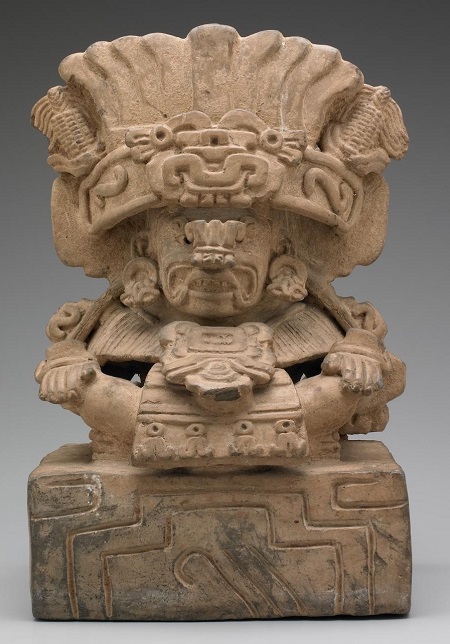
Characteristics of Zapotec Gods
The Dual Nature of Zapotec Deities
A notable characteristic of Zapotec mythology resided in the duality inherent in their deities. Numerous gods within their pantheon embodied both masculine and feminine attributes, underscoring the significance of balance and harmony in the cosmos. This duality extended to the fundamental concepts of life and death, creation and destruction, which permeated their worldview and the very fabric of nature. Zapotec priests emphasized the essentiality of honoring and worshiping these opposing forces as a means to uphold cosmic order and sustain the perpetual cycle of life.

Artistic Depictions of Zapotec Deities
The Zapotecs conveyed their reverence for the gods through exquisite artistic endeavors. These divine figures came to life through vibrant murals, intricate ceramics, ornate jewelry, and monumental stelae and sculptures, all infused with profound symbolism. Often depicted with animal attributes like jaguars or snakes, these representations highlighted their intimate ties to natural elements and supernatural powers. Far from mere decorations, these artistic masterpieces served as powerful conduits bridging the earthly realm with the divine, facilitating communication and invoking the blessings of the gods.
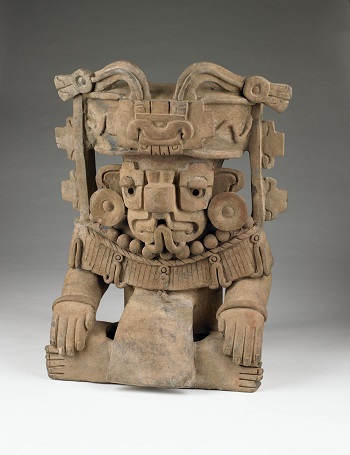
Popular Zapotec Legends and Myths
The Myth of the Creation of the Zapotecs
The Zapotecs’ origin narrative is indeed intriguing. According to their creation myth, the gods emerged from the chaotic primordial realm and commenced the act of world-building. Similar to numerous other mythologies, the gods fashioned humans, yet in the Zapotec rendition, the initial beings were flawed and subsequently supplanted by a new iteration crafted from maize. These maize-born entities are regarded as the direct forebears of the Zapotec people. This myth underscores the inseparable bond between humanity and maize, a fundamental element vital for the sustenance and cultural identity of the Zapotec civilization.
The Legend of the Sun and the Moon
Among the captivating narratives of Zapotec mythology lies the enchanting tale of the Sun and the Moon. Legend has it that in the primordial era, the sun and the moon were celestial lovers whose affection bathed the sky in radiant light. Concerned that their unified brilliance might engulf the world, other deities intervened, decreeing the division of day and night. Yet, their eternal love persists, manifested in the mesmerizing phenomena of eclipses. During these fleeting moments of reunion, their ardor is believed to dwell within the souls of mortals, eternally enshrined in their hearts.
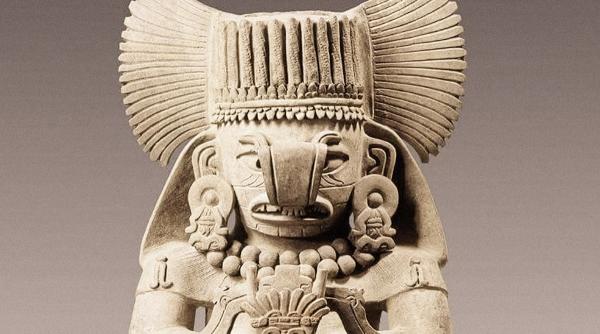
The Influence of Zapotec Mythology on Current Culture
The Role of Zapotec Gods in Modern Celebrations in Oaxaca
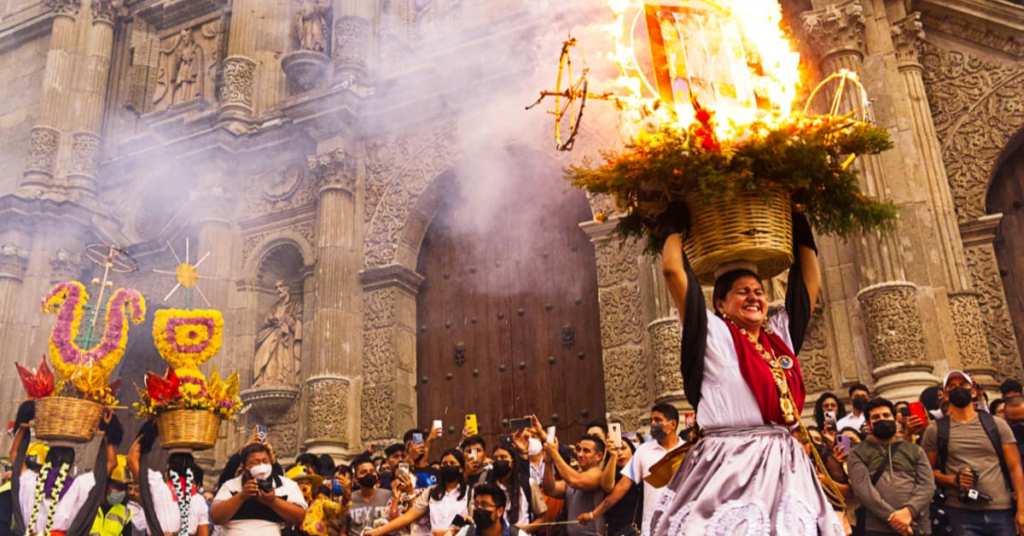
Zapotec mythology continues to deeply influence the contemporary festivities of Oaxaca. For instance, the annual Guelaguetza celebrations are steeped in ancient rituals venerating the Zapotec gods of abundance and harvest. Furthermore, local events such as patron saint festivals and agricultural rituals serve as platforms to invoke and commemorate various deities. Here, ancient Zapotec traditions seamlessly intertwine with Catholic practices, showcasing a vibrant cultural fusion that endures to this day.
Exploring Zapotec Mythology Through Oaxacan Literature and Art
The enduring tales of the Zapotecs serve as a wellspring of inspiration for Oaxacan artists and writers, ensuring the continued reinterpretation and preservation of these ancient narratives. Zapotec mythology infuses contemporary literature, visual art, and performances, offering fresh perspectives on its timeless themes and characters within modern contexts. These creative endeavors not only pay homage to ancestral heritage but also serve as a means for introspection on cultural identity and the enduring legacy of Oaxaca’s indigenous peoples.
The Zapotec deities of Oaxaca offer a unique window into the rich ancient mythology of this civilization. They illuminate the profound reverence and regard that the Zapotecs held for the natural world, as embodied by figures like Cocijo, the rain god, and Pitao Cozobi, the maize god.
Through these mythical beings, we gain deeper insights into the rituals, traditions, and beliefs that continue to shape the culture and heritage of the Zapotec people in Oaxaca to this day.
Undoubtedly, Zapotec mythology presents a captivating exploration of faith, history, and culture, serving as an enduring legacy of this ancient civilization.
